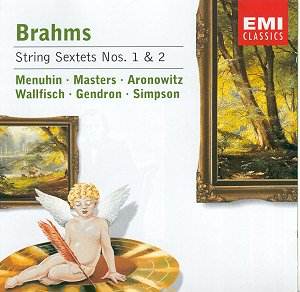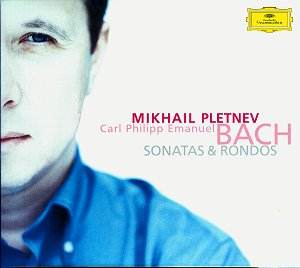 Composer: William Walton
Composer: William Walton
Works: Overture: Portsmouth Point, Tango-Pasodoble, Valse, Jodelling Song, Scotch Rhapsody, Popular Song (from Façade), Andante tranquillo (first movement of Violin Concerto), Movements I & IV (from Five Bagatelles), Set me as a seal upon thine heart, Crown Imperial, Charge and Battle (from Henry V), Finale (from Symphony no. 2), The sing aloud . . . . (from Belshazzar’s Feast)
Performers: London Philharmonic Orchestra/Sir Adrian Boult, London Sinfonietta/Riccardo Chailly, Tasmin Little (violin)/Bournemouth Symphony Orchestra/Andrew Litton, Nicola Hall (guitar), Choir of Winchester Cathedral/David Hill, Royal Philharmonic Orchestra/Vladimir Ashkenazy, London Philharmonic Chorus and Orchestra/Sir Georg Solti
Recording: DECCA, 1954-1995
Label: DECCA
William Walton’s musical oeuvre is a brilliant tapestry of British identity, effortlessly weaving together the threads of national pride and modernist innovation. The compilation The World of William Walton, curated by Decca, serves as both an introduction and a retrospective of his diverse output. It offers a sampling of Walton’s most beloved works, showcasing his unique voice that bridges the gap between the lush Romanticism of the early 20th century and the more austere modernism that followed.
The performances, predominantly under the direction of Andrew Litton and featuring the Bournemouth Symphony Orchestra, pulsate with energy and commitment. Their rendition of the Crown Imperial stands as a testament to Walton’s ability to evoke grandeur and pageantry, with Litton infusing the score with a fervor that is both infectious and authoritative. The brass section cuts through the orchestral texture with a brilliance that is particularly effective in this celebratory work, ensuring that the climaxes soar without losing clarity.
Conversely, the opening track, Portsmouth Point, conducted by Sir Adrian Boult, suffers from a disappointing sonic quality. The sound is notably dim and lacks the focus necessary to fully appreciate Walton’s intricate orchestration, which is a significant shortcoming given the work’s characteristically vibrant and rhythmic nature. Boult’s interpretation is, however, lively, capturing the essence of Walton’s satirical portrayal of a lively naval scene, but it is hampered by the recording’s limitations.
Riccardo Chailly’s handling of the Andante tranquillo from the Violin Concerto, with Tasmin Little as the soloist, presents a deeply introspective reading. Little’s exquisite phrasing and rich tonal quality elicit a profound emotional response, against Chailly’s carefully balanced orchestral backdrop that avoids overpowering the violin. The recording captures this interplay beautifully, maintaining a clarity that allows the nuances of both the soloist and the orchestra to shine through.
The compilation also explores Walton’s theatrical side with extracts from Façade, featuring the distinctive voices of Peggy Ashcroft and Jeremy Irons. Their interpretations breathe life into the quirky vignettes of the work, revealing Walton’s playful genius. However, these extracts, while entertaining, highlight the inherent challenges of presenting music that thrives on its theatrical context in isolation.
Sound quality across the collection is generally commendable, with the majority of recordings being relatively recent, thus benefitting from advancements in engineering. However, the inclusion of older recordings, particularly Solti’s Belshazzar’s Feast, which dates back to 1977, provides an interesting contrast. Solti’s vibrant orchestration and the London Philharmonic Chorus’s robust singing create a compelling auditory spectacle, even if it occasionally feels less cohesive without the surrounding narrative context of the complete work.
Amidst the varied interpretations and the eclectic mix of works, The World of William Walton ultimately serves its purpose as an accessible entry point into Walton’s music. For newcomers, it provides a well-curated selection that highlights the composer’s stylistic diversity and his ability to evoke a wide range of emotions through orchestration and melody. The performances, while not uniformly exemplary, do reflect a commendable engagement with Walton’s music that will resonate with both casual listeners and seasoned aficionados. This compilation stands as a valuable resource for appreciating the rich palette of Walton’s contributions to the classical canon.



